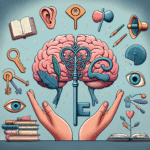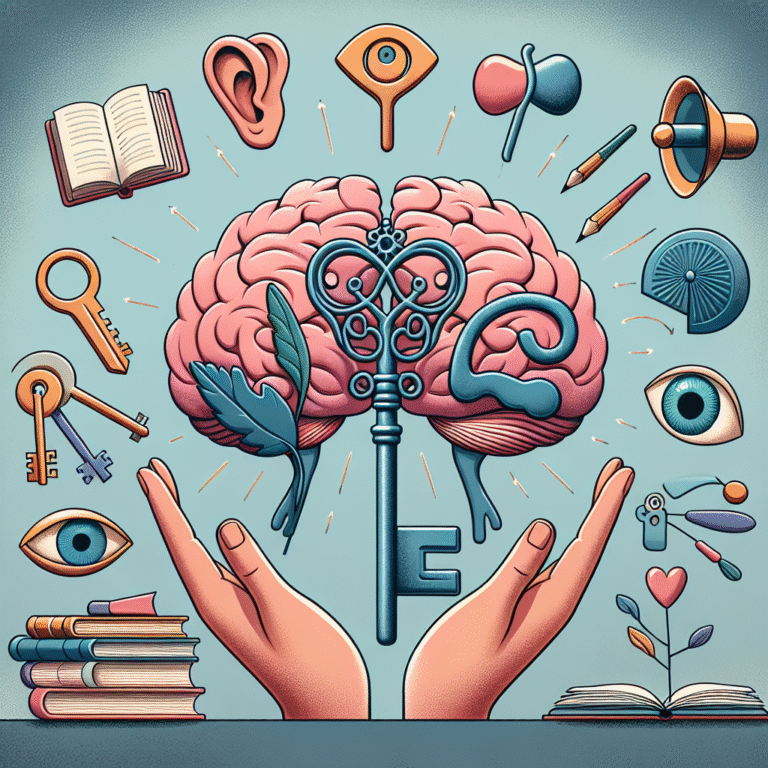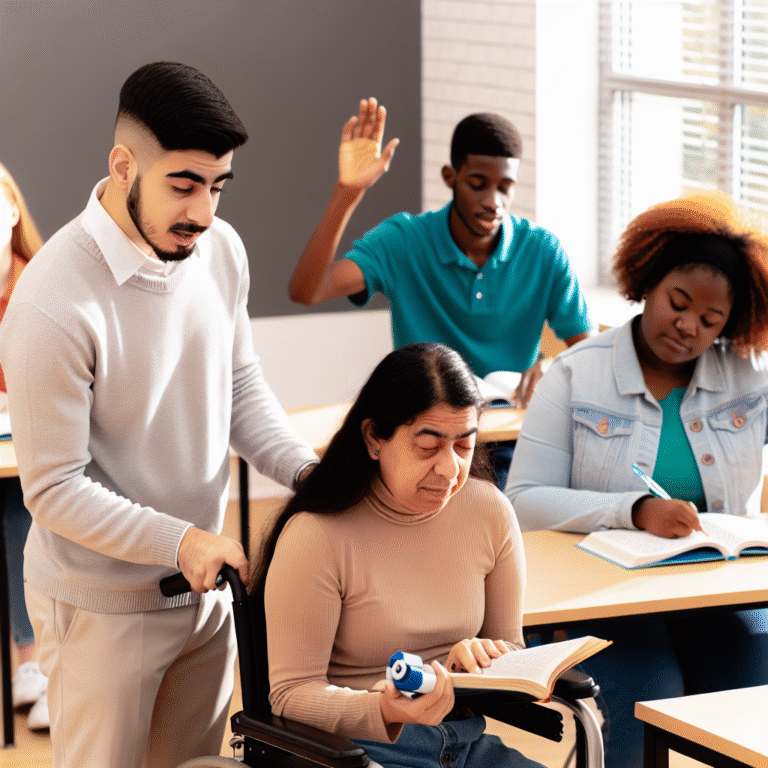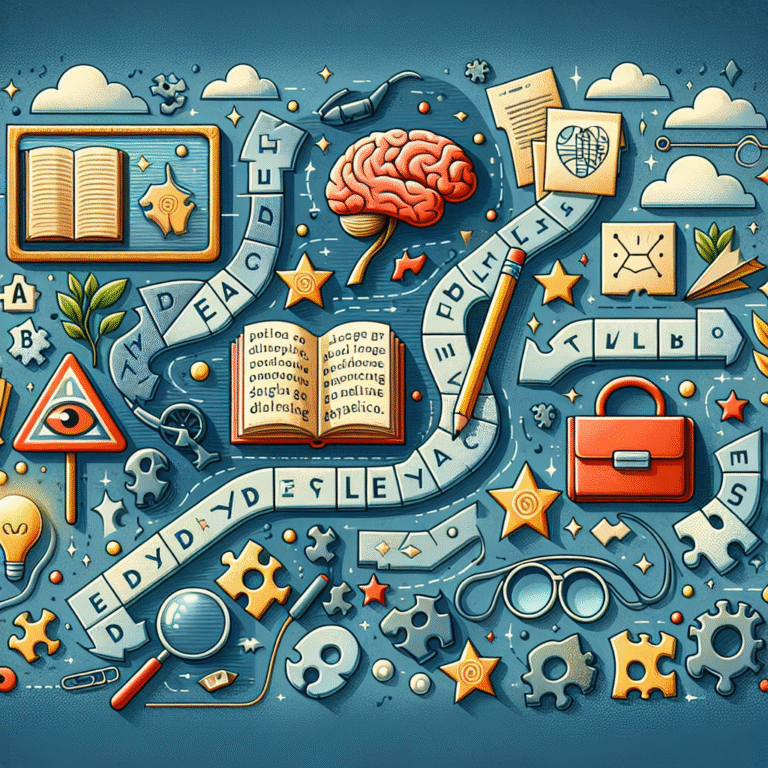
From Challenges to Success: The Essential Importance of Classroom Accommodations for Learning Disabled Learners
Introduction
Education is often heralded as the great equalizer—a pathway to opportunities for all. Yet, for learning disabled learners, the path can be fraught with obstacles. The phrase "From Challenges to Success: The Importance of Classroom Accommodations for Learning Disabled Learners" embodies both the struggle and the potential for triumph through tailored educational strategies.
Across classrooms worldwide, differentiated learning experiences pave the way for students with varying needs to thrive. In this article, we will explore how targeted classroom accommodations not only address the challenges faced by learning disabled learners but also foster an environment where they can succeed academically and socially. Our goal is to shed light on the transformative power of accommodations, showcasing real-world applications, case studies, and evidence-based practices that can lead to lasting change.
Understanding Learning Disabilities
Defining Learning Disabilities
Learning disabilities refer to a range of neurologically-based processing issues that affect how individuals perceive and respond to information. Common types include dyslexia (difficulty reading), dyscalculia (difficulty with numbers), and dysgraphia (difficulty with writing). Each condition presents unique challenges but also unique strengths. For instance, while a child with dyslexia may struggle with reading fluency, they may excel in critical thinking and creativity.
The Importance of Early Identification
Timely identification of learning disabilities is crucial. Early assessments allow for the implementation of appropriate accommodations before students fall behind. For example, a simple adjustment—like allowing extra time on tests—can make all the difference in a student’s learning trajectory.
The Role of Teachers and Educators
Teachers are at the frontline of identifying and supporting learning disabled learners. Their awareness and understanding of accommodations play a significant role in creating an inclusive classroom environment. Ongoing professional development in special education can equip teachers with the tools they need to recognize and accommodate various learning needs effectively.
The Impact of Classroom Accommodations
What are Classroom Accommodations?
Classroom accommodations are modifications or supports that provide students with learning disabilities the opportunity to demonstrate their knowledge and skills. These can include:
- Extended Testing Time: For learners who process information slowly.
- Use of Technology: Such as laptops or audio tools that help in reading or writing.
- Modified Assignments: Tailoring assignments to fit a learner’s capabilities without altering the grade standards.
- Access to Notes and Study Guides: Providing structured outlines and resources to aid learning.
Case Study: Julia’s Journey
Consider the case of Julia, a fifth-grader diagnosed with dyslexia. In her traditional setup, Julia struggled to keep up with her peers during reading assignments. After discussions with her parents and educators, a series of accommodations—such as allowing her to listen to audiobooks and providing reading materials at her level—were implemented.
Analysis of Julia’s Case
These accommodations not only improved Julia’s reading comprehension but also instilled in her a sense of independence and confidence. With a structured approach, Julia completed her assignments successfully, illustrating the powerful effect of appropriate accommodations on learning disabled learners.
The Research Backing Accommodations
Research consistently shows that when appropriate accommodations are in place, learning disabled learners perform better academically. A study by the National Center for Learning Disabilities (NCLD) found that students who received specific accommodations yielded improved test scores and increased overall engagement in the classroom.
| Accommodations Type | Impact on Learning Disabled Learners |
|---|---|
| Extended Time | Reduces anxiety, allows for deeper processing |
| Technology Use | Enhances engagement, facilitates learning |
| Modified Tasks | Accommodates individual learning speeds |
Creating an Inclusive Learning Environment
Strategies for Educators
Educators play a vital role in developing and fostering an inclusive classroom. Here are a few strategies:
Differentiated Instruction: Tailoring teaching methods to align with the varied learning styles of students. For example, providing visual aids, interactive activities, and hands-on experiences can cater to different needs.
Flexible Assessment Methods: Allowing students to demonstrate knowledge through oral presentations, projects, or traditional tests as per their comfort level and strengths.
- Collaboration and Support Systems: Working closely with special education professionals can enhance the support network for learning disabled learners. Educators can gain valuable insights into effective accommodations and interventions.
Case Study: Liam’s Collaborative Success
Liam was a ninth-grader on the autism spectrum, facing challenges with social interactions and task focus. His teachers employed a peer mentoring system, pairing Liam with another student who could guide him through group projects.
Analysis of Liam’s Case
This collaborative approach not only made academic work more enjoyable for Liam but also fostered friendships and improved his social skills. By incorporating peer support as an accommodation, educators unlocked new pathways for success for Liam, embodying the essence of "From Challenges to Success: The Importance of Classroom Accommodations for Learning Disabled Learners."
The Emotional and Social Benefits of Accommodations
Building Self-Esteem and Confidence
One of the understated outcomes of classroom accommodations is their ability to build self-esteem in learning disabled learners. When students see their unique needs being recognized and accommodated, they feel valued and understood, laying the foundation for positive self-worth.
Empowerment through Success: Celebrating small victories encourages learners to strive for continuous improvement. For instance, providing positive reinforcements and highlighting achievements can amplify a student’s motivation.
- Social Integration: Creating opportunities for social interactions is crucial. Group work or classroom discussions where accommodations allow for varied participation levels enable students to feel part of a community.
Case Study: Sarah’s Social Growth
Sarah, a second-grader with ADHD, often struggled to remain focused during class discussions, resulting in anxiety and withdrawal from her peers. By implementing structured group activities that allowed Sarah to contribute in shorter bursts of engagement, she thrived socially.
Analysis of Sarah’s Case
Through targeted accommodations, Sarah blossomed socially. She learned to connect with her peers while simultaneously managing her learning challenges—reflecting further the need for successful classroom accommodations in promoting overall well-being.
Overcoming Common Challenges in Implementation
Acknowledging Resistance
Despite the evident benefits of accommodations, many educators face challenges in implementing them. Resistance often stems from a lack of awareness, reluctance to change, or insufficient training. Therefore, a key focus on ongoing professional development in inclusive teaching practices is necessary.
Highlighting the Monetary Argument
Often, budget constraints are cited as a limitation for providing accommodations. However, the costs incurred from not accommodating learning disabled learners can be far more significant in terms of underperformance, dropouts, and long-term consequences.
Effective Communication with Stakeholders
Communicating effectively with parents, district officials, and school administration is essential for garnering support. Regular meetings to discuss accommodation needs and student progress can foster a collaborative environment and ensure consistency in support strategies.
Conclusion
From Challenges to Success: The Importance of Classroom Accommodations for Learning Disabled Learners cannot be overstated. These accommodations are not only essential for helping students navigate their unique learning challenges but also vital for fostering a sense of community, self-worth, and success.
As society moves toward a more inclusive educational framework, understanding the significance of these accommodations should remain a focal point for educators, administrators, and policymakers alike. Together, we can transform the narrative for learning disabled learners—turning challenges into stepping stones for success.
FAQs
1. What exactly are classroom accommodations?
Classroom accommodations are alterations made in the learning environment to support students with disabilities, allowing them to better access the curriculum without altering the content being taught.
2. Are accommodations the same for all learning disabilities?
No, accommodations vary based on the individual needs of each student and the type of learning disability they have. It’s important to tailor accommodations to each student’s unique challenges and strengths.
3. How can I identify if a student needs accommodations?
Signs that a student may need accommodations include frequent frustration with schoolwork, slow processing of information, underperformance despite effort, and difficulty with attention or organization.
4. How can parents advocate for classroom accommodations?
Parents can begin by discussing their concerns with teachers and requesting formal evaluations. Collaborating with educators and special education professionals can help create a robust support plan.
5. Do accommodations affect standardized testing?
Yes, many standardized tests allow for accommodations, such as extended time or alternate formats, to ensure that all students have the opportunity to demonstrate their knowledge effectively.
6. Are classroom accommodations effective for all grade levels?
Absolutely! Classroom accommodations are applicable at all grade levels—from preschool through college—and can be adapted to meet the changing needs of students as they progress through their education.
Embracing the importance of accommodations fosters an environment that recognizes abilities rather than disabilities, and empowers learning disabled learners to strive for success.






